You are here
Please respect the outdoors by practicing Leave No Trace. Learn more about how to apply the principles of Leave No Trace on your next outdoor adventure here.
Mount Shasta + Medicine Lake Area, California
Mount Shasta + Medicine Lake Area, California
Mount Shasta + Medicine Lake Area, California
Castle Crags State Park
Trinity Divide
Shasta-Trinity National Forest
Mount Shasta + Medicine Lake Area, California
McCloud River

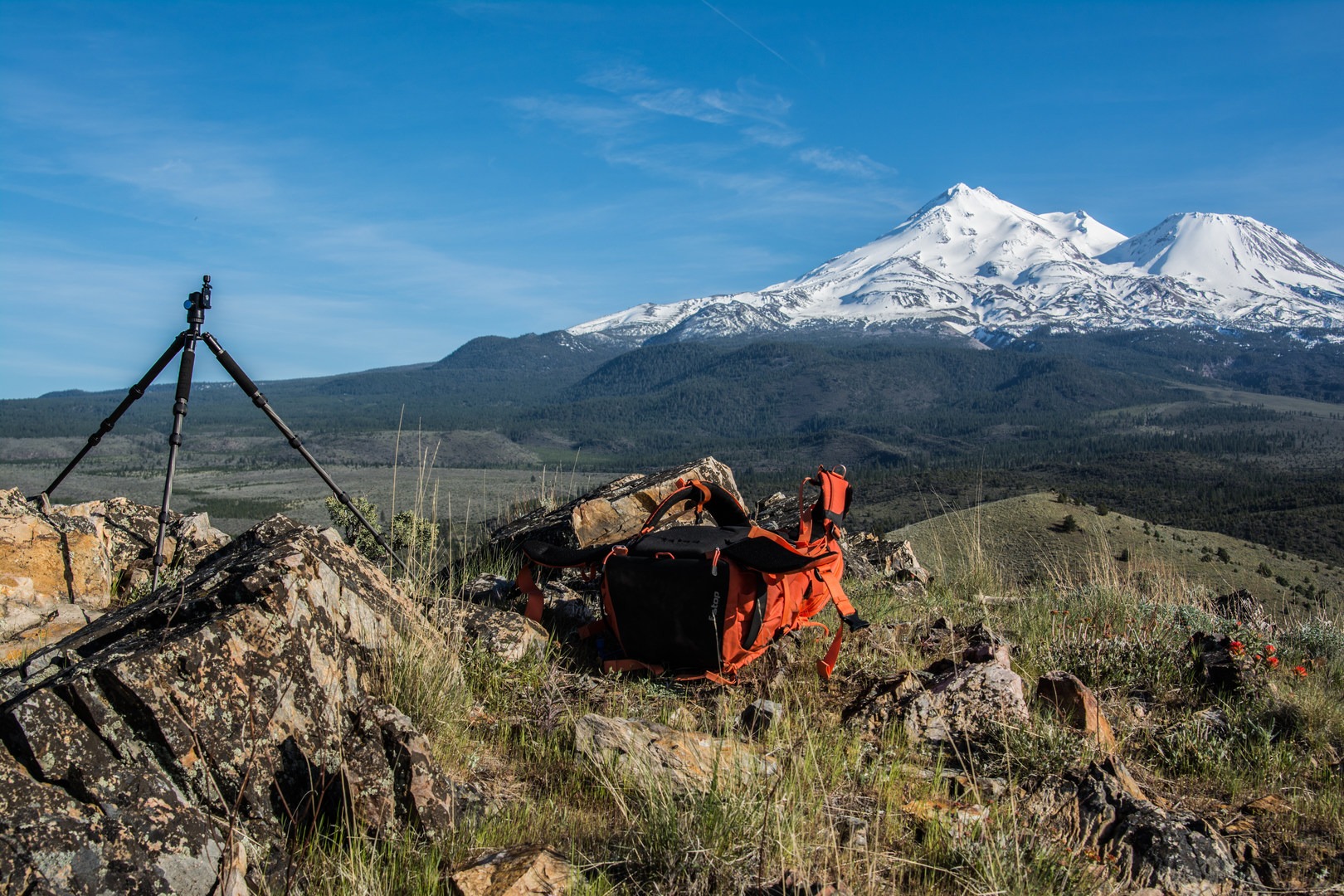
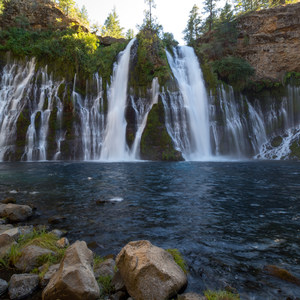
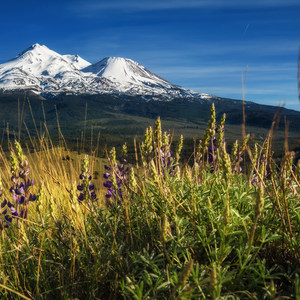
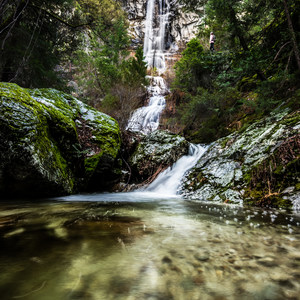
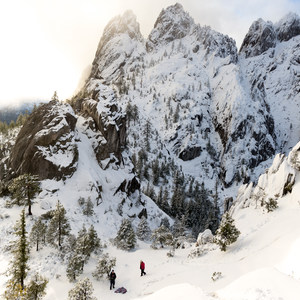
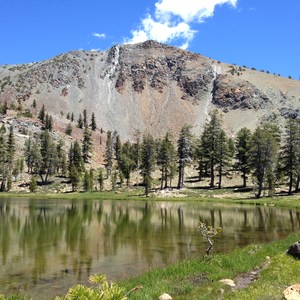
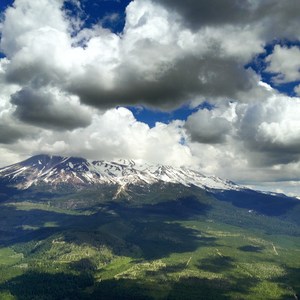
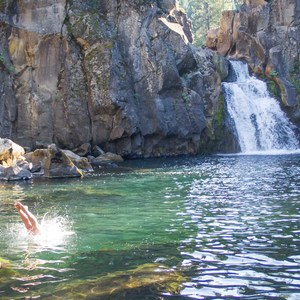
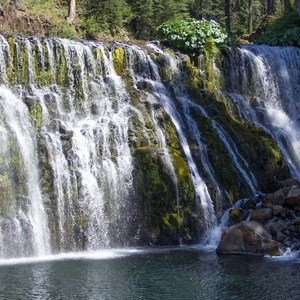



Comments
Sign In and share them.